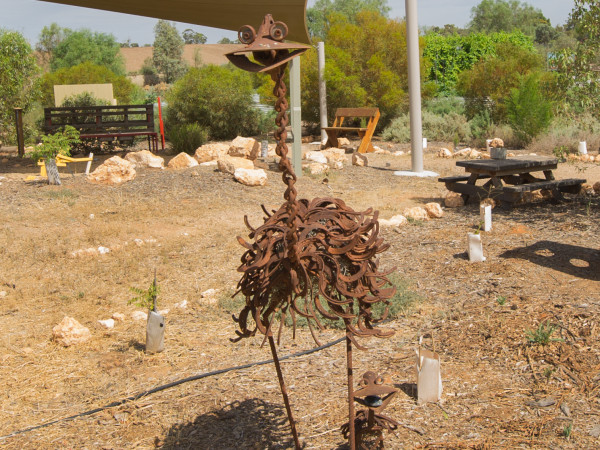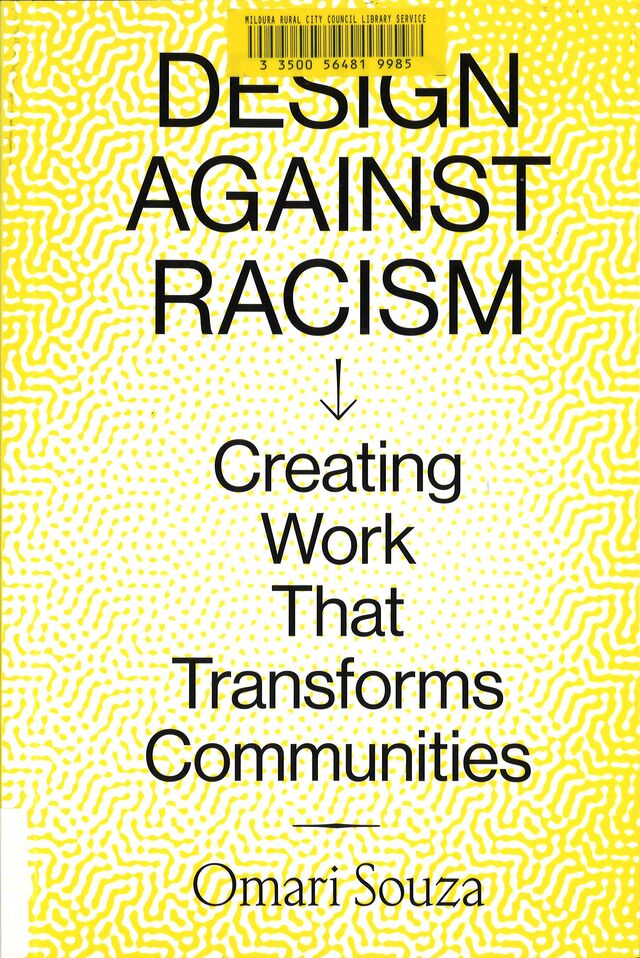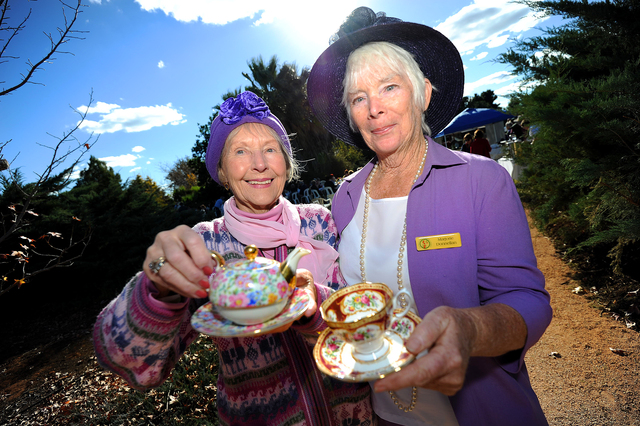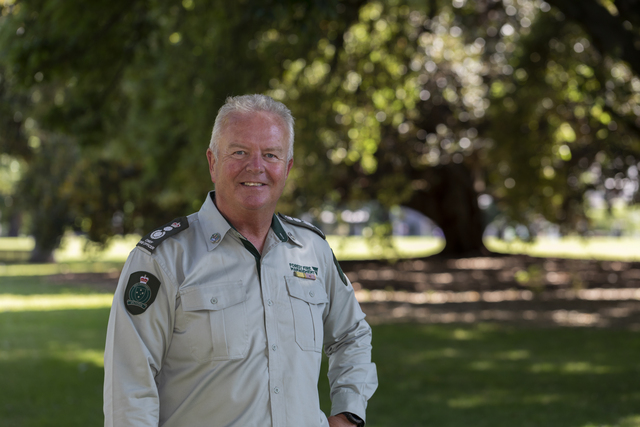IT’S a hidden garden gem tucked away next to the Mildura Landfill.
Set on a 4.5ha site, just off Ontario Avenue, the Mildura Eco Village is a community asset that isn’t widely known.
However, it offers multiple treats for families, new citizens and people simply seeking friendship and solace in a garden and environmentally sustainable setting.
The eco village was launched in June 2013 with the opening of the education centre, a nine-star-rated building comprising a range of sustainable design features.
These include passive solar energy-efficient architecture appropriate for a semi-arid region.
And while it was built to educate the community about sustainable living practices and regional self-sufficiency, it has had little use during the COVID-19 lockdowns this year.
But there are high hopes for it and other key village features including community gardens, a sustainable children’s play area and eco house, to be fully open to the public again early in the new year.
“We’re hoping things can get back to a kind of normal next month,” Mildura Rural City Council environmental sustainability officer Nardia Baker said.
She said the idea behind the eco village came from the Sunraysia Sustainability Network.
“They got together a number of other groups across the region to develop the whole place,” Ms Baker said.
“It is all about sustainable living, and it all started with the education centre.
“The next part of the program was the community gardens, which were put in (in 2014).
“The sustainable play area was next, and it is all about imaginative play for the kids and recycled materials.”
There are two main areas of the community gardens. One section caters for community members who want to lease a garden bed to grow vegies and the other is for volunteers to harvest fresh produce.
“We have 35 (garden beds for lease) and they range in costs from $50 to $75 a year for the larger garden beds,” Ms Baker said.
“The only thing that participants have to bring is the seedlings. All the soil, composting, tools and water are supplied.”
Flanked by flourishing rosemary hedges, the separate vegie gardens last week had a range of tempting fresh produce in them.
“Across the two areas, we have tomatoes, squash, eggplant, strawberries, watermelons, silverbeet and zucchinis being grown,” Ms Baker said.
“With the on-ground garden beds, anyone who wants to volunteer their time to help weed and maintain the area can take any kind of produce they see in the garden.”
The eco house, which was originally the caretaker’s cottage at the Nichols Point Cemetery, was relocated to the eco village site in 2014.
“This was the last project on the site,” Ms Baker said. “This old caretaker’s house was renovated and upgraded to a six-star (environmental) rating.
“Here, we show community members all about retrofitting and renovating.
“Community groups mainly use the eco house, which has a fully functioning kitchen in it.
“We had one really popular group that had a garden bed and they grew vegies and took them inside to cook up.”
Ms Baker said that of all the village’s features, “the community garden really is the heart and soul of it all”.
For more information on the eco village and how to get involved, visit mildura.vic.gov.au/Services/Environmental-Sustainability/Mildura-Eco-Village.
The pair say they derive a lot of happiness from their friendships at the site, as well as enjoying the rewards of the delicious vegies they have grown.
Ms Smith, who has been volunteering at the gardens for the past 18 months, says her mental health improves every time she spends time in the garden.
“I really enjoy my time here, connecting with people,” she said during a Sunraysia Daily tour of the community gardens last week.
“Each time I come to the garden here, it’s therapeutic. But during COVID, it’s been even more important for my mental health to get out of the house and come down here.”
Ms Smith said it was “so rewarding to help build a community within a community” at the eco village.
“There are many people living in the region who probably don’t know about what’s here,” she said.
“But after a year like the one we’ve just had, it’d be good if more people wanted to get involved here.
“It takes people back to basics. And you get this great connectivity to food and people.”
She said there had not been any formal gatherings at the gardens since COVID-19 hit.
“It’s mainly been Peg and I coming here this year to keep things going,” Ms Smith said.
“But we’re hoping 2021 will be better and we can build on what we already have here. We’d love more people to join us.”
Ms Hobson has volunteered for the past four years at the eco village where, in normal times, she also runs the playgroup twice a week.
“We’ve been limited in what we could do here this year, because gardening (in the first lockdown) wasn’t seen as an essential service,” she said.
“But we still tried to potter around and do what we could to keep it going.
“In the second set of restrictions, we were allowed to come here and garden, but not in groups other than those in your household.
“But it was still nice to be able to get out of the house and have somewhere you could go outside.”
Ms Hobson said she and her family found it “very satisfying” to see everything growing in the gardens.
“I like to bring my kids here and they help out during school holidays,” she said.
“To see them take a carrot to school that they picked out of the garden here, and their friends saying, ‘It looks weird’, but my kids saying, ‘You should taste how good it is’ … it is so great.”
She said that volunteering gave her a “great sense of community”.
“That makes this a special place for all of us.”








